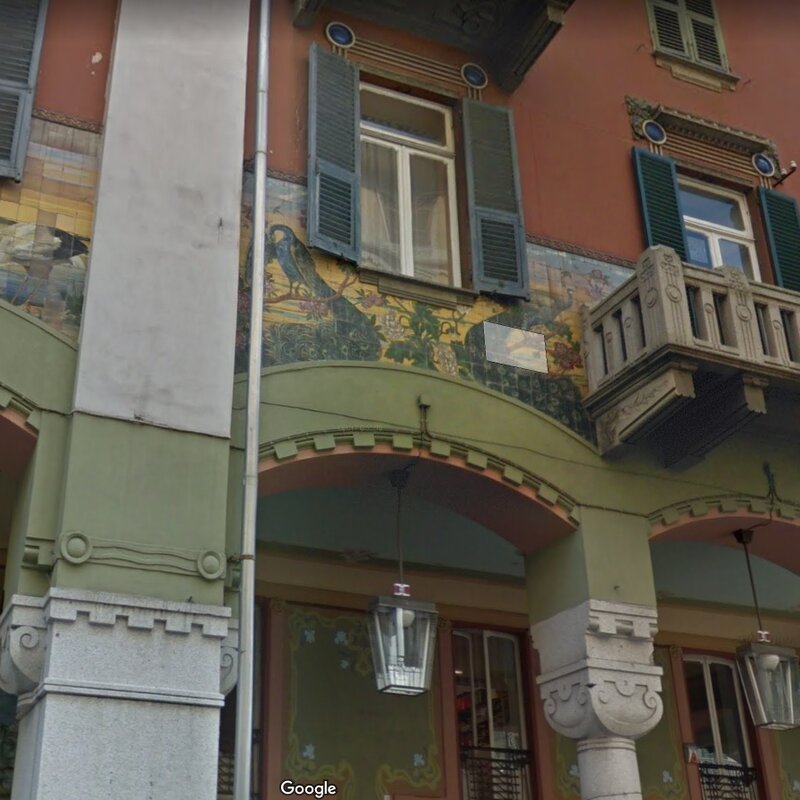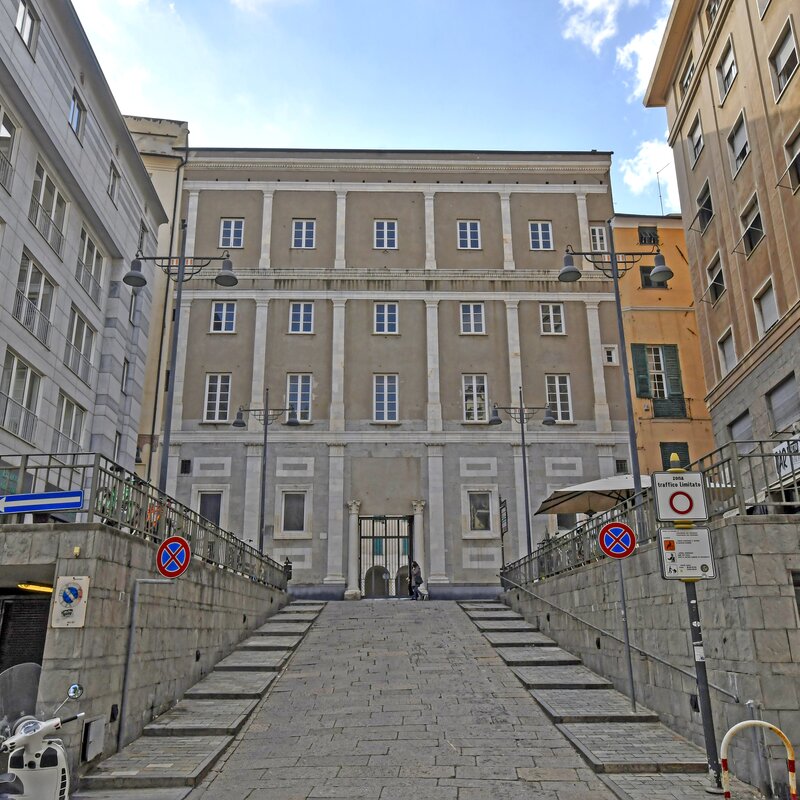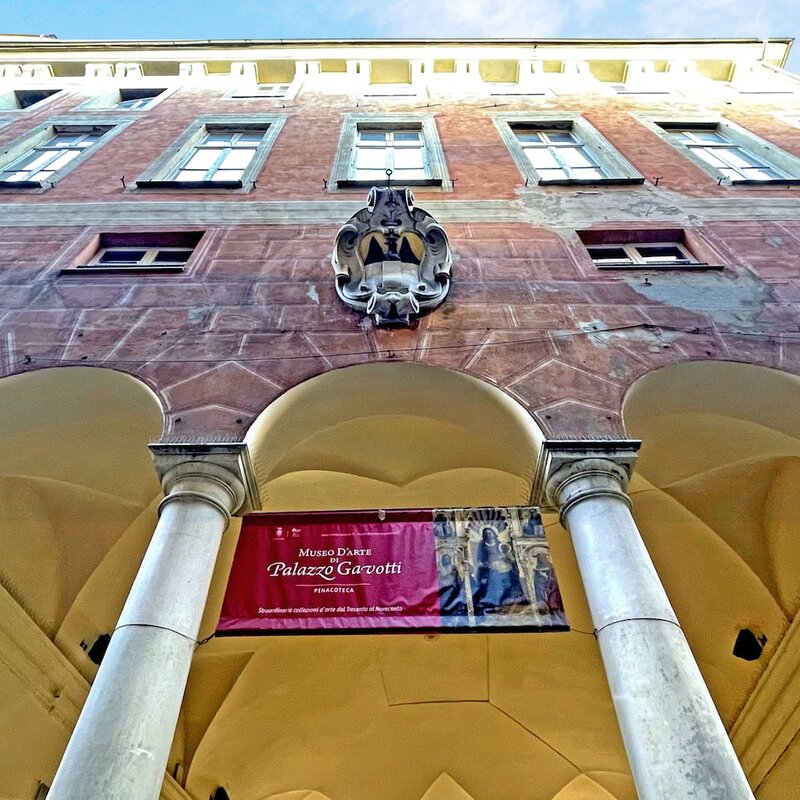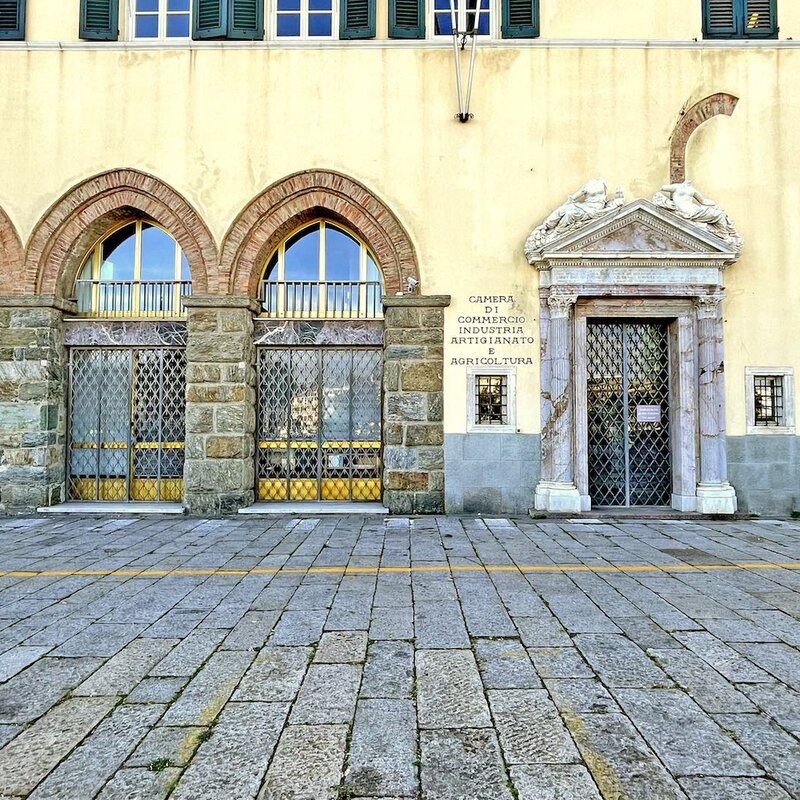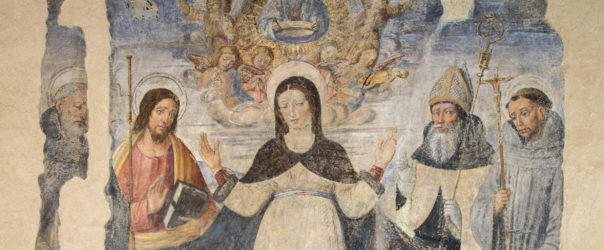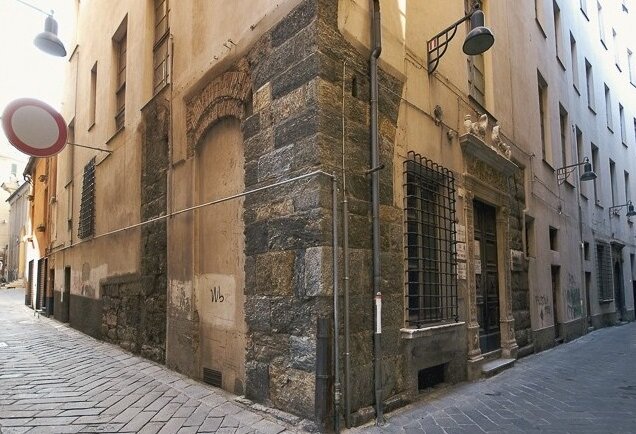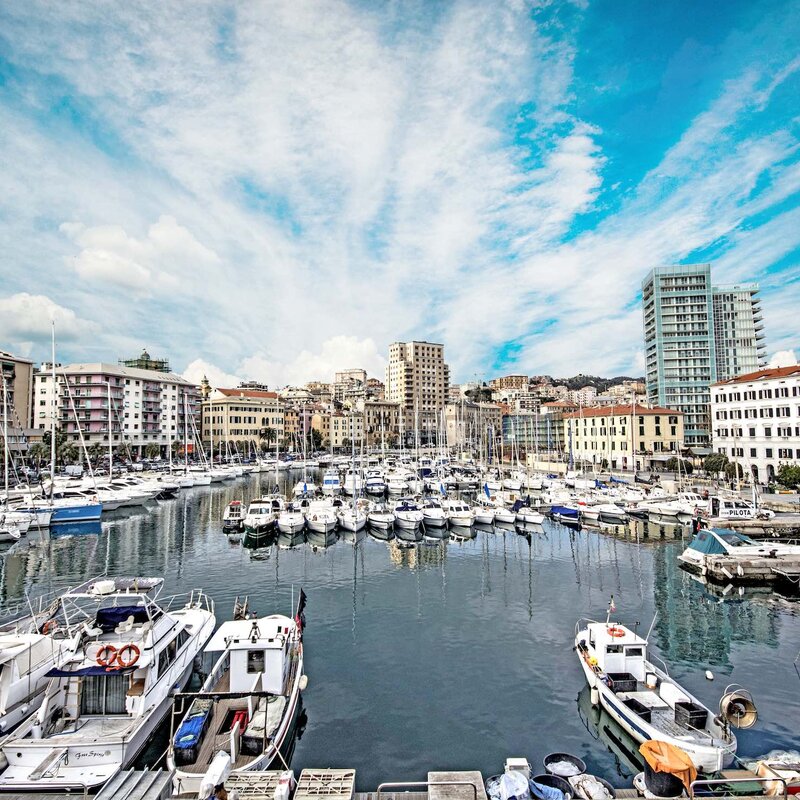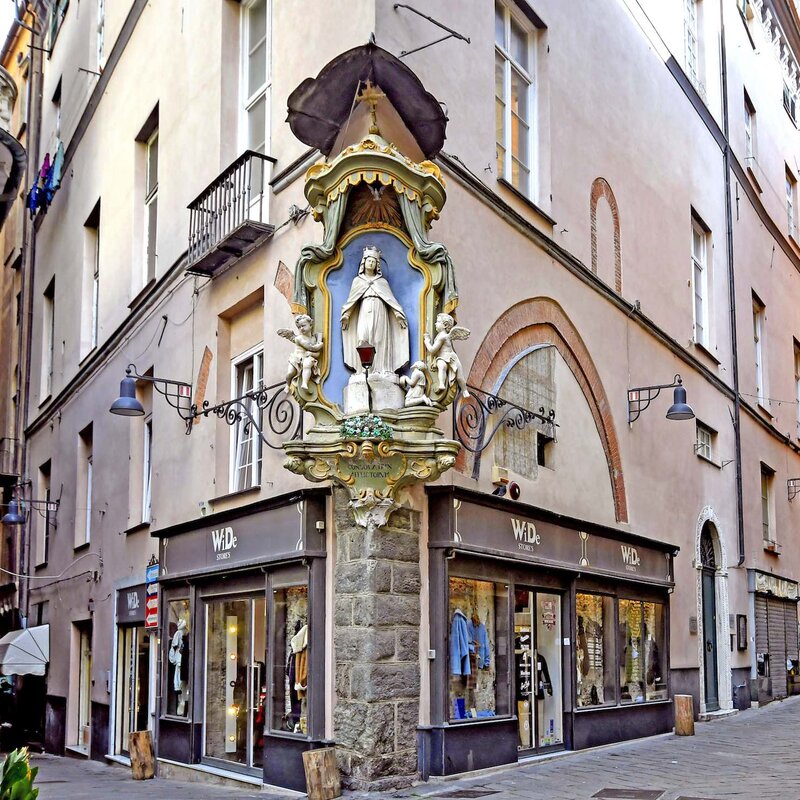Tempietto Boselli
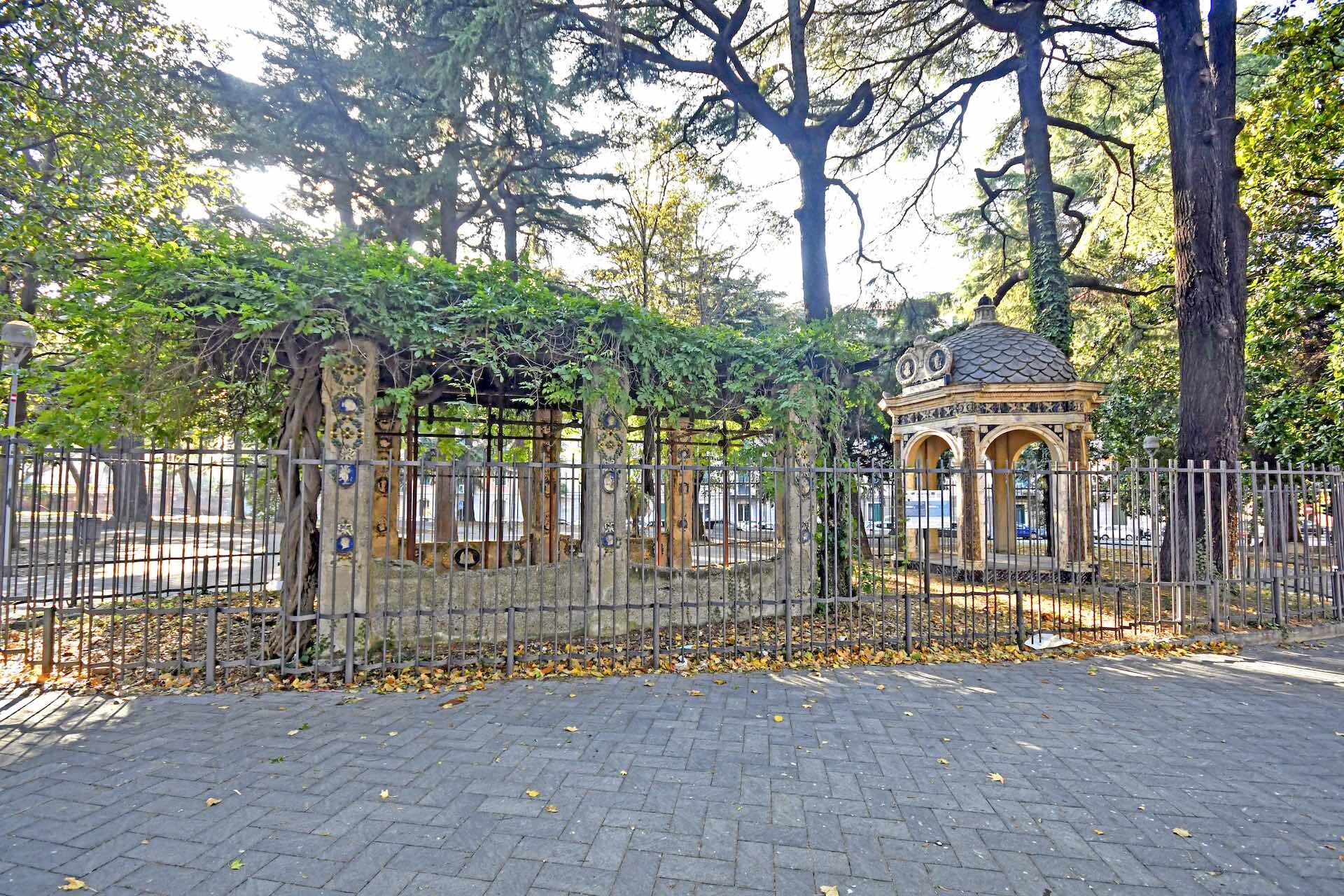
This is much more than a simple monument, it is a work of ceramic art, a masterpiece devised and created by Giacomo Boselli, a ceramic artist from Savona who lived from 1744 to 1808. Giacomo was introduced to ceramics at an early age by his father, a master in the craft.
But his desire for knowledge led him beyond the city’s walls to Marseille, where he learned innovative techniques that were gaining in popularity at that time. On his return to Savona, Giacomo was ready to emerge from his father’s shadow.
In 1768 he opened his own kiln, which he used to create extraordinarily beautiful majolica and ceramic objects. He was supported by two important people: the ceramicist Giuseppe Robatto and his wife Clara, a skilled painter who beautifully decorated her husband’s works. But Boselli’s true masterpiece is without doubt the Tempietto.
Built to adorn his garden, this ceramic gem is one of the purest examples of neo-classical architecture in Liguria. With six ionic columns, a cupola that stands out against the sky and the perfect harmony of proportions, this is a timeless monument.
Unfortunately, Boselli’s old house had to be demolished in 1928. But fate decreed that this “cultural treasure” would not be lost. The new owner of the building understood the value of the temple and decided to donate it to the city. As a result, in July 1930 the temple found a new home in the Dante Alighieri gardens, where it still stands today in silent testament to the craft and skill of Giacomo Boselli and the eternal beauty of Ligurian ceramic art.
While you admire this masterpiece, let your imagination transport you back in time. Picture Giacomo Boselli at work in his kiln, creating new works of art through talent and passion.
Consider his dedication and love for his art that drove him to create something which has lasted for centuries. Giacomo Boselli’s temple is more than just a building: it is a symbol of human creativity, a bridge between the past and the present, which invites people to reconnect with the beauty that surrounds them and to care for our rich cultural heritage.
